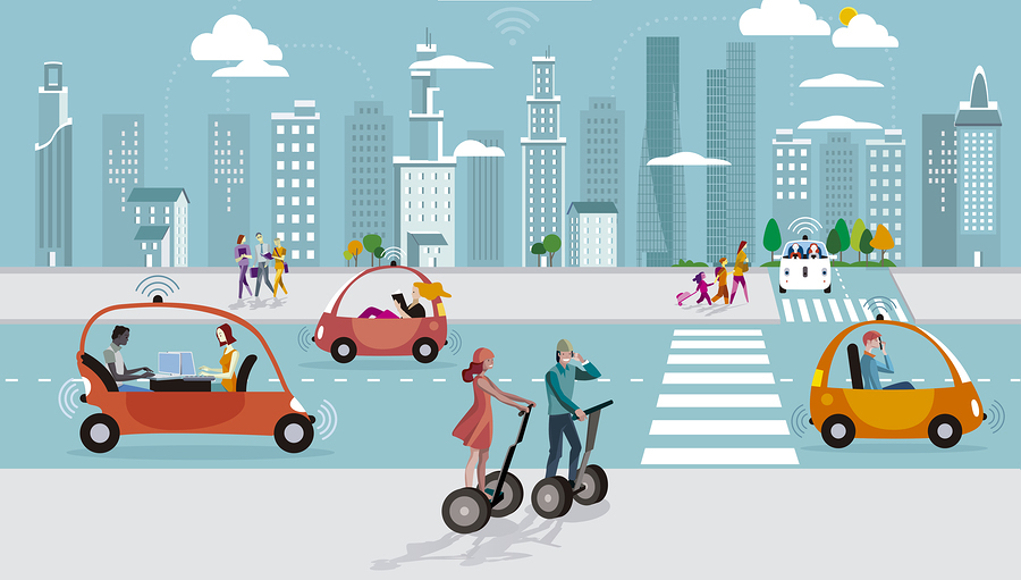By now we have all heard about the power and potential of platform-based business models and the nature of two-sided network effects. By matching demand in two-sided markets platforms are able to catalyze a virtuous circle of value generation, in which each additional user on one side makes the platform more valuable for users on the other side.[1] However, the same force that drives established platforms “demand-side economies of scale”, makes it hard for firms to build a new platform. These firms have to deal with the Penguin Problem, a phenomenon that occurs when no one moves unless everybody moves and therefore no one moves.[2]
As discussed in class, the Penguin Problem can be overcome by subsidizing one side of the market. For instance, a club giving ladies free entrance during Ladies Night and collecting revenue through males, who have due to the network effects, that is the presence of more ladies, a higher willingness to pay. Another strategy that was discussed, was to incentivize referrals. By incentivizing referrals, a dating platform such as The Inner Circle, is able to introduce their platform to a new market through the network of its price-sensitive users, while at the same time collecting revenue from their other more privacy-sensitive users.[3]
Another strategy is to start your platform with closed-group invites only. As you might know, Facebook started off by inviting a select group of Harvard alumni first and branched out to other users later on.[4] Furthermore, eBay, which started out as a C2C auction, dealt with the Penguin Problem by partnering up with a firm called Electronic Travel Auction to sell travel services and plane tickets to customers. This deal sky-rocketed the traffic on the platform, which resulted in positive spill-over effects for eBay’s C2C auction platform.[5] Using a similar strategy, Bol.com dealt with the Penguin Problem by gaining ample traffic on their website through their regular retailing activities.[6] Lastly, an often-used strategy is to attract a marquee platform contributor.[7] By offering an exclusive game Sony, for instance, attracts users to its platform, who will in turn contribute to the network effects of the PlayStation community.
As can be seen, depending on the nature of the platform and the situation a firm can overcome the Penguin Problem by applying an effective strategy. Which strategy do you think is most effective and do you know other strategies for dealing with Penguin Problems? Let us know in the comment section below.
Sources:
[1]Eisenmann, T., Parker, G., & Van Alstyne, M. W. (2006). Strategies for two-sided markets. Harvard Business Review, 84(10). https://doi.org/10.1007/s00199-006-0114-6
[2]http://e-caremanagement.com/overcoming-the-penguin-problem-setting-expectations-for-ehr-adoption/
[3]Li, T., 2018. Digital Platforms.
[4]https://srini108.wordpress.com/tag/penguin-problem/
[5]https://www.telegraph.co.uk/finance/personalfinance/8451898/The-history-of-eBay.html
[6]https://twinklemagazine.nl/2011/02/bol.com-stelt-zijn-platform-open-voor-concurrenten/index.xml
[7]https://hbr.org/2015/04/how-to-launch-your-digital-platform



